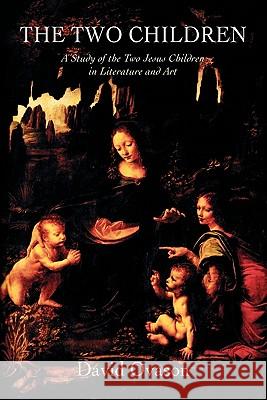The Two Children: A Study of the Two Jesus Children in Literature and Art » książka
The Two Children: A Study of the Two Jesus Children in Literature and Art
ISBN-13: 9781584200963 / Angielski / Miękka / 2010 / 512 str.
The Two Children: A Study of the Two Jesus Children in Literature and Art
ISBN-13: 9781584200963 / Angielski / Miękka / 2010 / 512 str.
(netto: 127,40 VAT: 5%)
Najniższa cena z 30 dni: 133,77
ok. 16-18 dni roboczych
Bez gwarancji dostawy przed świętami
Darmowa dostawa!
There is a long forgotten spiritual tradition that two children, both named Jesus, were born in Bethlehem to two sets of parents named Joseph and Mary. This tradition is supported by the different accounts of the nativity and life of Jesus Christ in the gospels of Matthew and Luke. Although the Church chose to ignore this tradition, something of it survived in early Christian art and symbolism. The full tradition was preserved only in the literature of esoteric sects such as Gnosticism, which remained outside the official teachings of institutionalized Christianity. In The Two Children, David Ovason explores the literature in which this tradition has been preserved, particularly in ancient Hebrew, Aramaic, Coptic, and Greek manuscripts, such as the scrolls discovered in Qumram near the Dead Sea and the ancient codices at Chenoboskion (Nag Hammadi) in Upper Egypt. Ovason also explores other fascinating and "apocryphal" texts that refer to the two children. Such references were later expunged or glossed over by Church apologists. In addition to these documents, there were also visual traces of the teaching of the two children as it reemerged and became popular through early fifteenth-century Italian art, in which, Ovason points out, it can be seen in the work of famous artists such as Ambrogio Borgognone, Defendente Ferrari, Raphael, and Leonardo da Vinci. The Two Children is compelling reading for anyone who has wondered about the meaning of the different accounts of Jesus' life in the Gospels. This book provides a cogent supplement to Rudolf Steiner's references to this subject in his lectures.











